A Week in Colombia
Posted: 26 Apr 2017
In May 2017 Keylink’s General Manager, Julie Davy, was given the opportunity to visit Bogotá in Colombia with CasaLuker. This is her account of her once-in-a-lifetime experience of the cocoa plantations, CasaLuker training centre, and the Colombian culture.
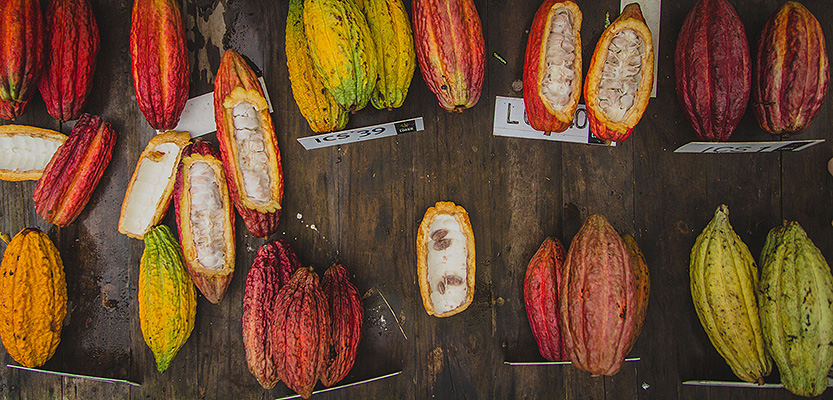
Sunday Evening
After a less than exotic journey from Sheffield, I arrived at Heathrow airport around 7:30pm and soon met up with my travelling companions for the next week. We sat and chatted, as we had lots of time before our flight at 10:30. The flight opened and gave the gate number, so we started to finish our refreshments and think about making a move. Then we noticed the gate had closed so started to look for where we needed to go… and it soon became apparent that the gate was at least a 15 minute walk away and the final boarding announcement was being made! Our walking certainly speeded up and for some of us, turned into a gentle jog. Airline staff waved clipboards at us as we sprinted towards the gate before boarding the plane red faced and out of breath. As a team bonding exercise it had certainly worked!
Monday
We landed in Bogotá around 4am local time and the transfer to the hotel was short. After a few hours’ sleep we met for breakfast. Breakfast in Colombia is a real experience! Rice, chicken, vegetables, all alongside pancakes, freshly made omelettes, exotic fruits and of course the obligatory cereal, pastries and fruit juice. Fully replenished, we then set off on a day of sightseeing and discovery. The street food in Colombia is both varied and plentiful. Empanadas were first on the menu; a deep fried corn dish served with a spicy salsa, followed by maize dough Arepa and other variations on this traditional snack. To drink there was lulo, an exotic fruit juice with a citrus flavor also known as ‘naranjilla’
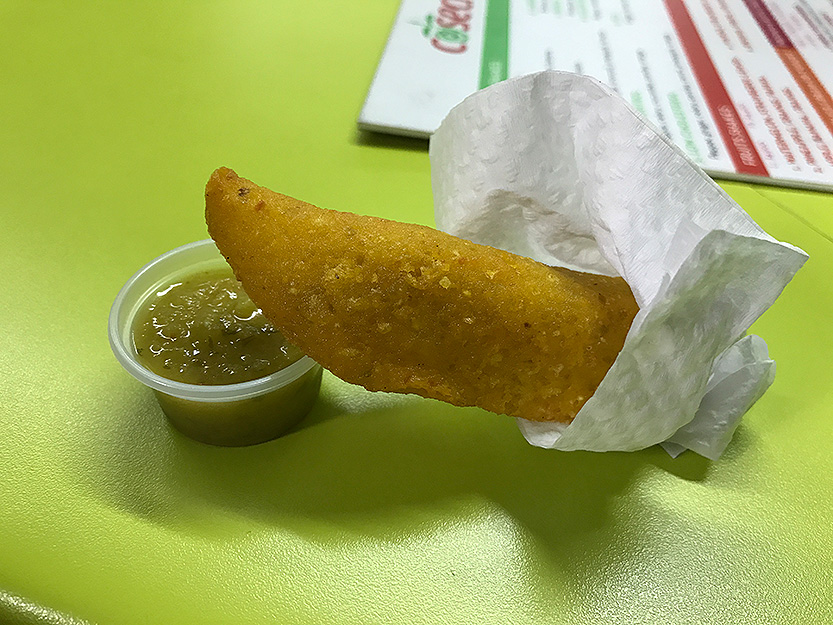
Then it was off to Mount Monserrate, the mountain that dominates the city centre of Bogotá with a height of 3,152 metres above sea level where there is a church (built in the 17th century) with a shrine, devoted to El Señor Caído ("The Fallen Lord").
The hill, already considered sacred in pre-Colombian times when the area was inhabited by the indigenous Muisca, is a pilgrim destination, as well as a major tourist attraction.
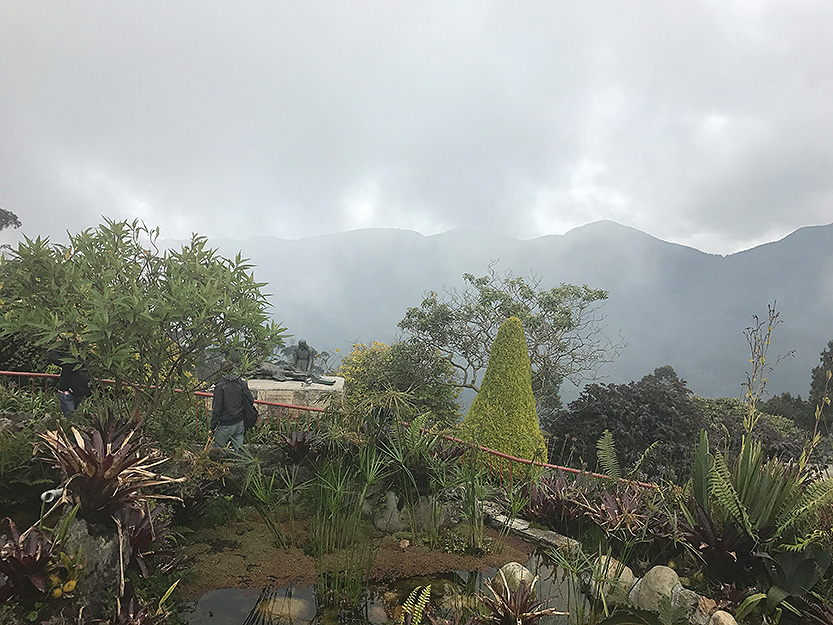
I was glad a cable car was on hand to carry us up so we didn’t have to rely on the climbing path! At the top of the mountain the lack of oxygen literally took our breath away! Then it was off to a traditional Colombian restaurant for a fantastic meal and more lulo juice… though this time mixed with a healthy slug of gin. We all went to bed happy, tired and excited for our trip to the plantations the next day.
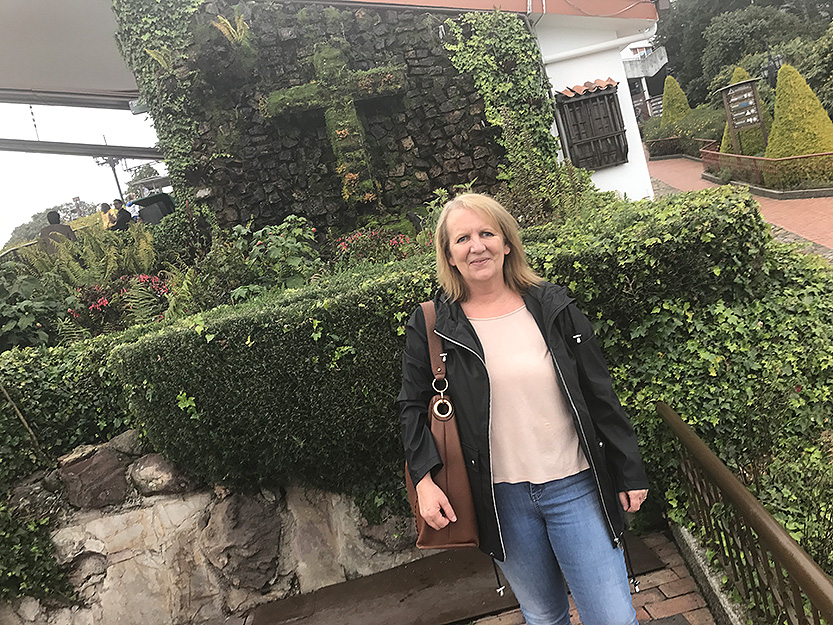
Tuesday
My alarm went off at 6am and after another hefty breakfast it was off to the airport again to catch a flight out to the plantations. Due to our poor grasp of the language we did a detour via the Casa Luker factory, which only added to the fun.
Driving in Colombia is a real experience - more like real life Wacky Races than anything I have ever seen! At junctions it’s a case of who dares wins, and the motorbike riders have absolutely no sense of fear. In Bogota every street corner has vendors selling something to eat or drink so you never need to go hungry. They even approach the cars waiting at traffic lights to ply their wares and always have a smile to greet potential customers. The one thing that was really noticeable was the lumps and bumps in the roads. Cars swerved to avoid them and if you hit one by accident you really knew about it. Let’s just say I will never complain about British roads again.
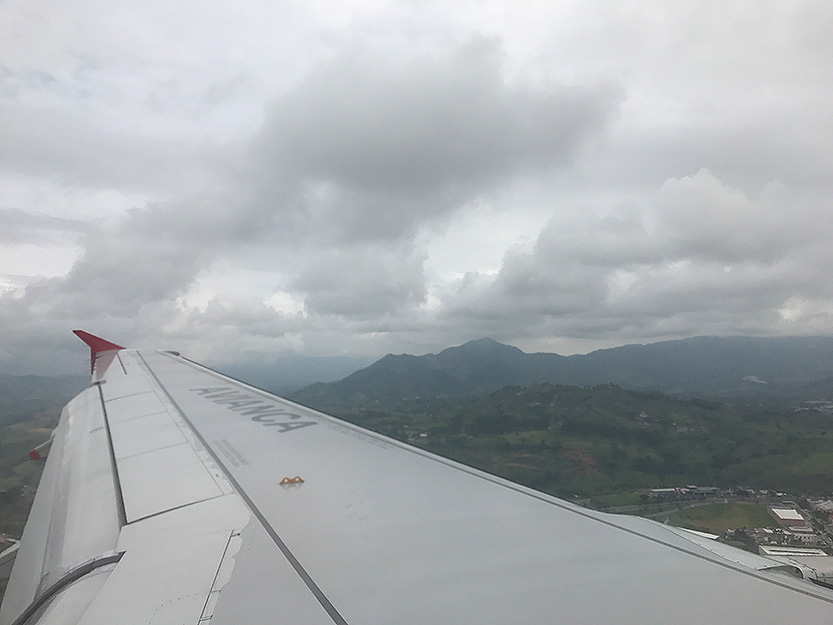
After a short flight we landed in Pereira, which is located in the foothills of the Andes and is part of the coffee producing area of Colombia known as Coffee Axis. As our minibus drove away from the city the scenery became more breath-taking with every mile that we travelled. Acres and acres of unspoilt rolling green hills passed by as we travelled along very windy roads. Occasionally we drove through traditional small villages which seemed a million miles away from the hustle and bustle of Bogotá.
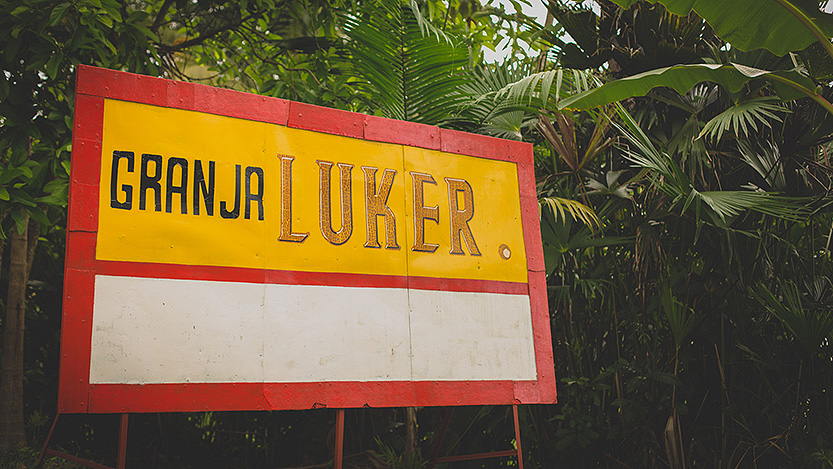
Eventually we arrived at Granja Luker, which is one of the few cocoa research centres in the world, working to modernize the technology of production and quality conservation of Aroma Fine Cacao, benefiting farmers who live from these crops and ensuring the best quality beans. Farmers come here to receive training and education on how to improve the yield of their farms and increase the quality of their beans.
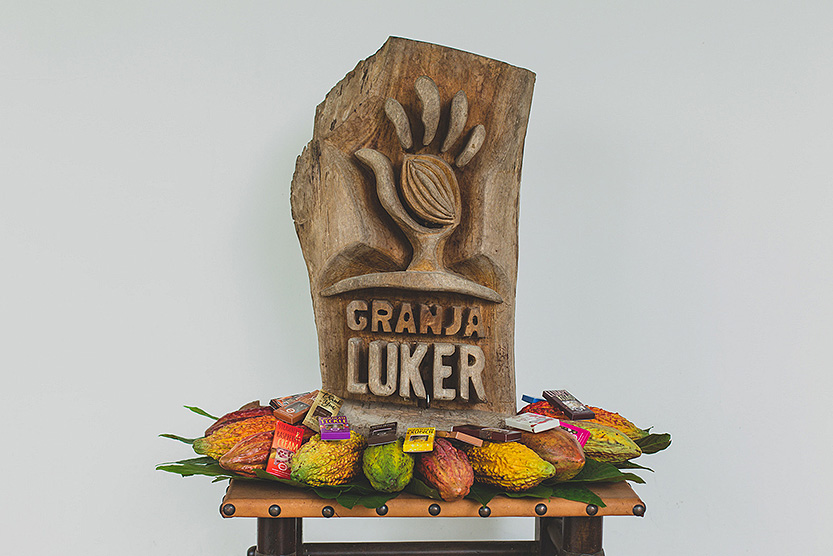
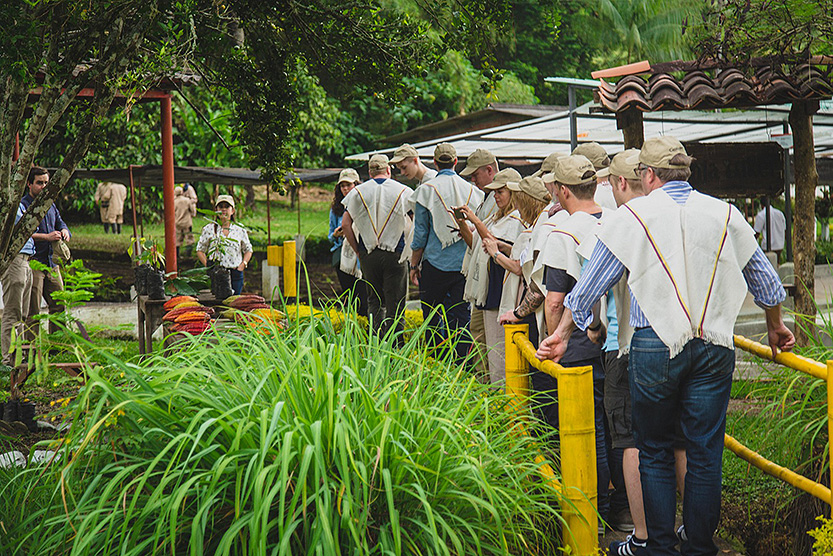
Stepping off that bus is a memory I will treasure forever. The noise of the insects was unbelievable. The first sight was that of the cocoa pods hanging from the trees in their hundreds. So many colours, shapes and sizes - I was totally in awe and felt like a child who had been set free to run wild in a sweetie shop.
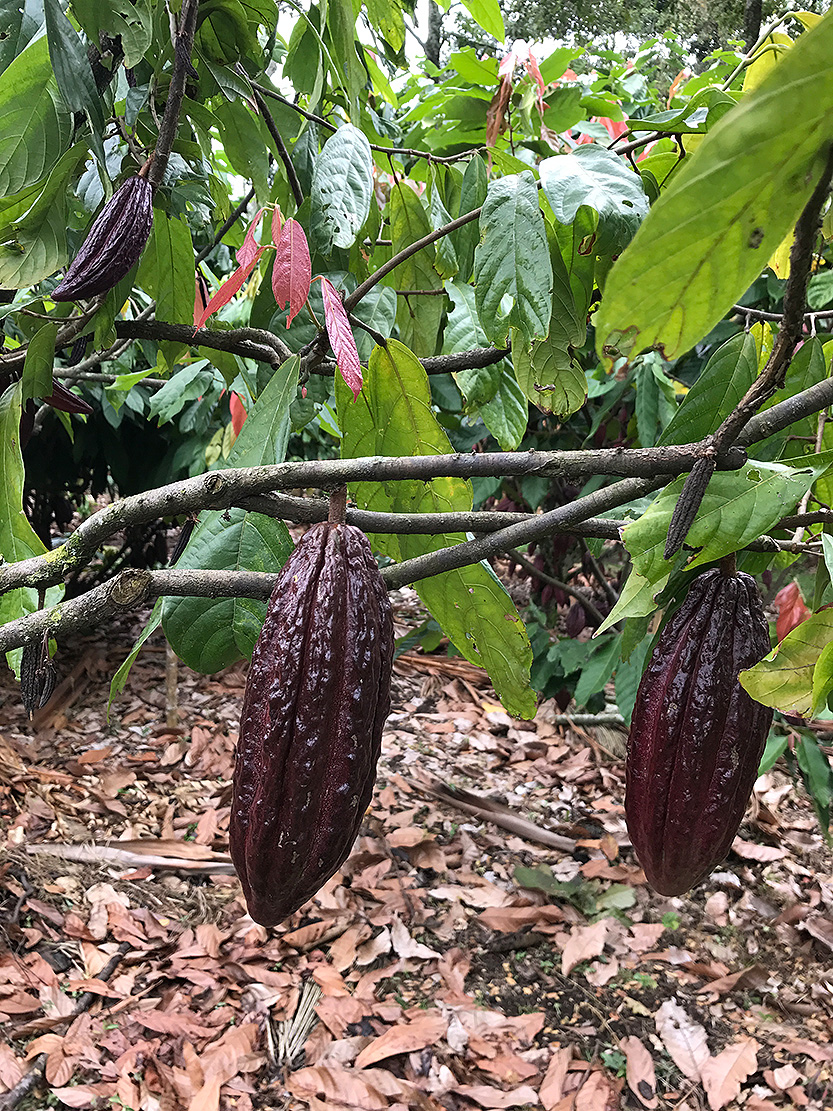
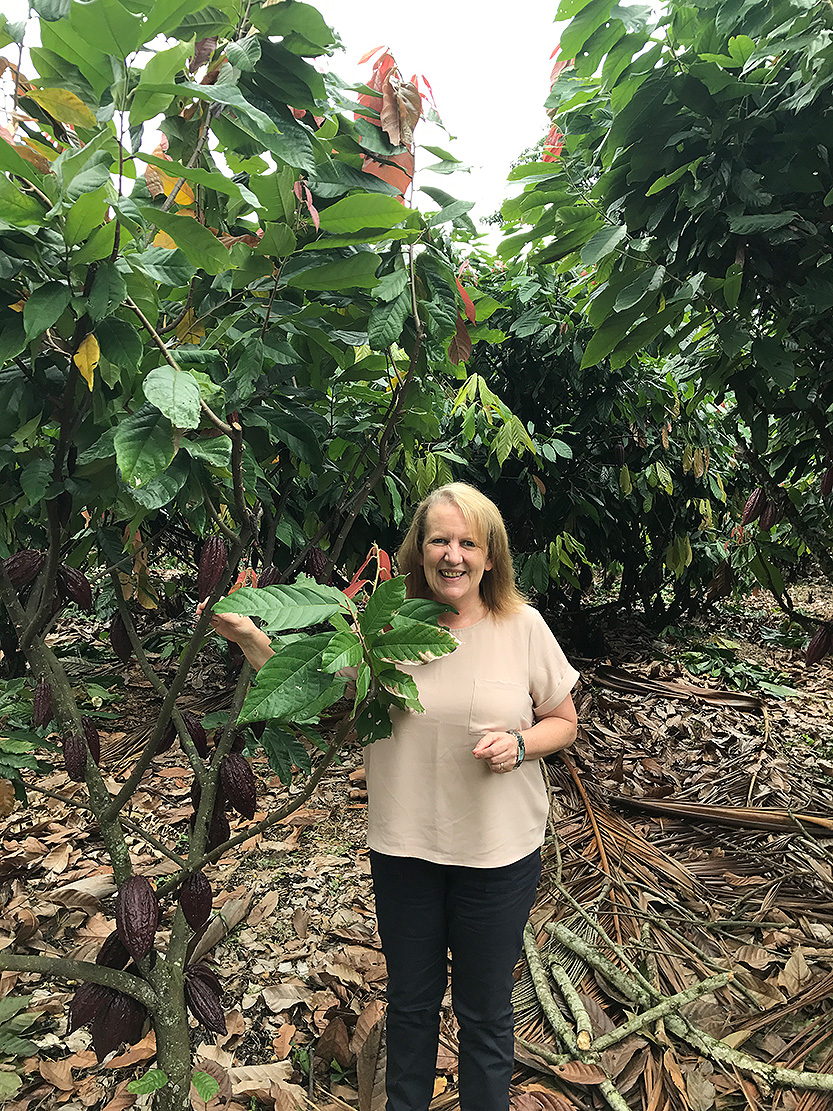
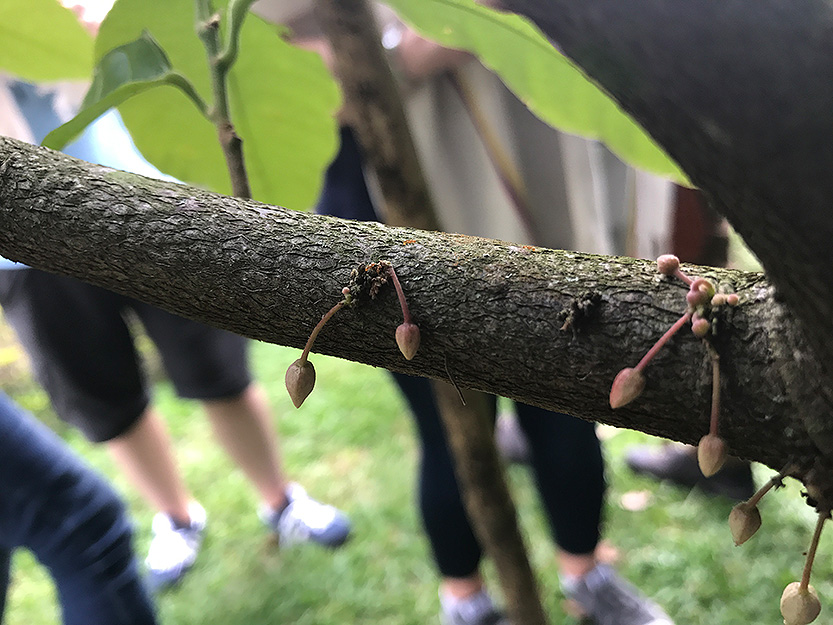
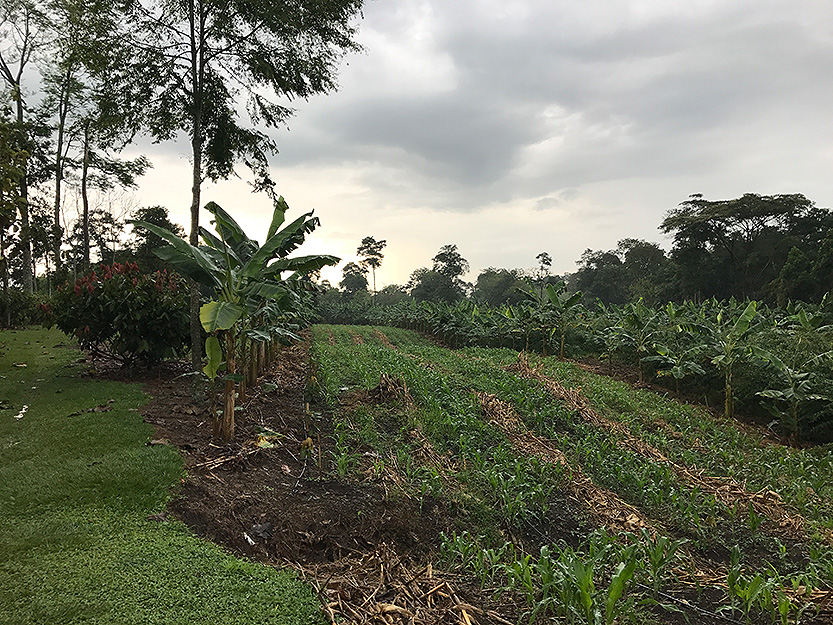
We were warmly welcomed with fresh coffee and a huge platter of tropical fruits, which were unlike anything we buy in the supermarkets over here; so full of flavour. After a traditional Colombian lunch, Bandeja Peisa which consists of beans, plantain, rice, avocado, fried egg and pork (which sounds an unusual combination but was absolutely delicious) we were ready to begin our education on cocoa.
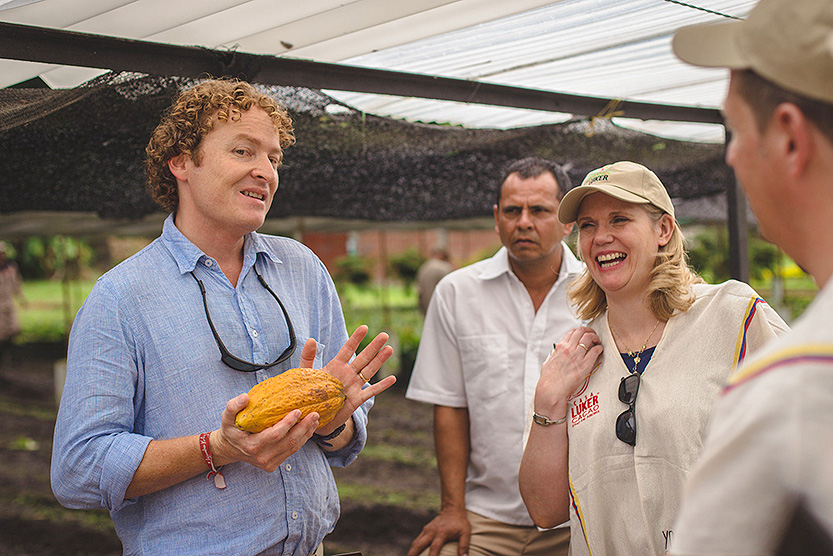
Mauricio Salazar, the farm manager - who is also a trained agronomist - explained the process of grafting which enables the farmers to produce healthy and hardy cocoa plants. The plants are used for research and also made available to cocoa farmers to help them increase the size of their farms.
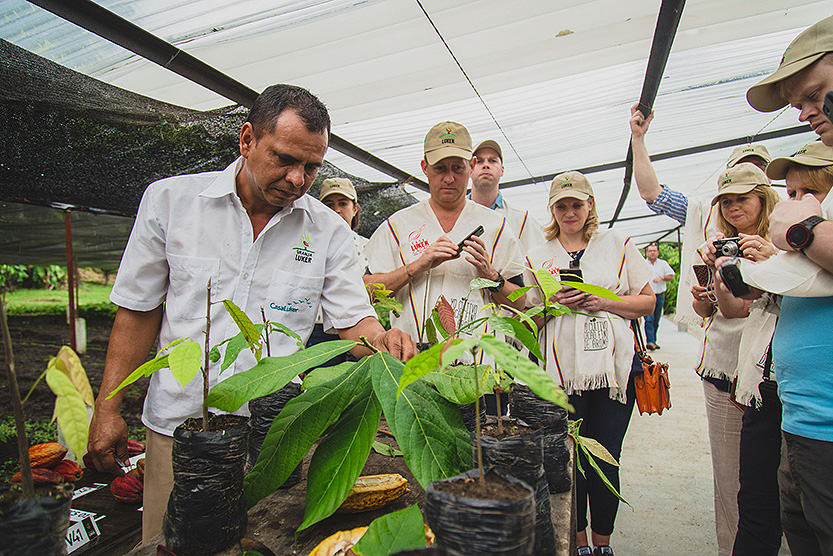
A variety of cocoa pods were lined up on the table in so many different colours and shapes. Mauricio expertly split the pods open revealing the fresh cocoa beans inside, and I got to taste the delicious white pulp which surrounds the beans and tastes very similar to lychees. You cannot eat the raw beans. We then cut open some of the beans, revealing the flesh inside. The colours varied from the very pale pink of Criollo, to the deep purple of Forastero.
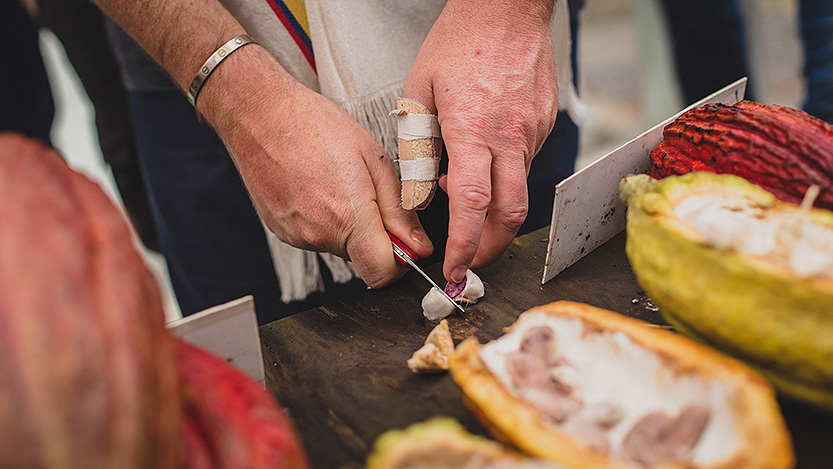
It was explained to us that you never know the variety of bean until you can see the colour of the beans inside the pod. We were then shown how the beans are washed to remove the pulp and dried so that they are ready for planting.
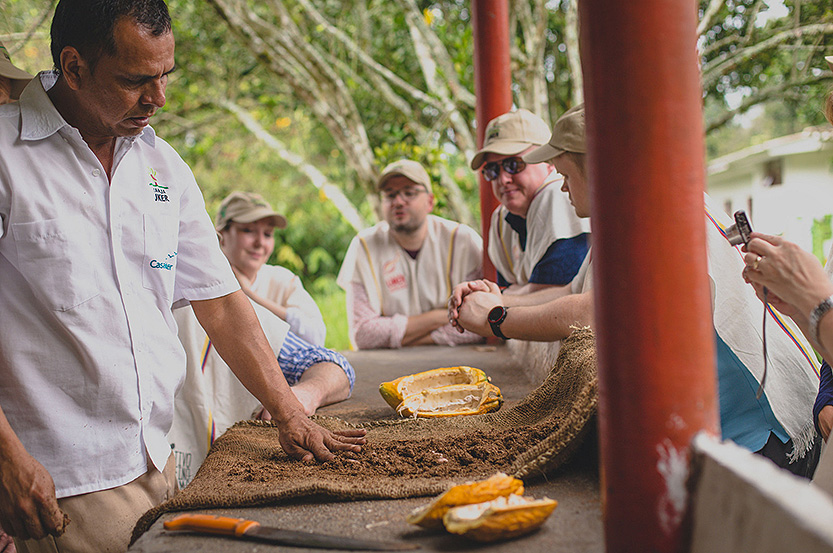
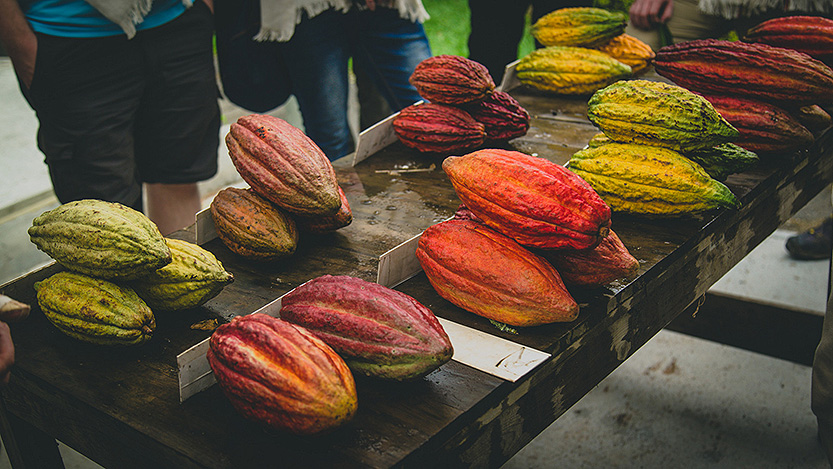
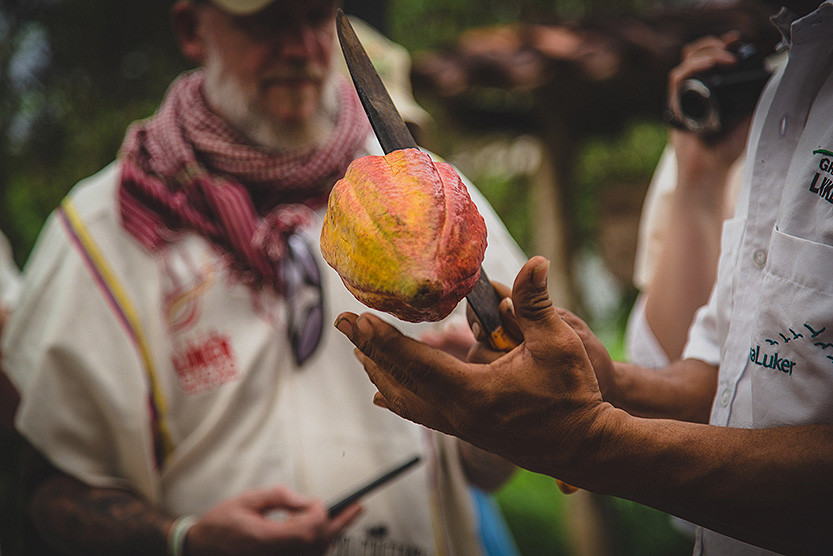
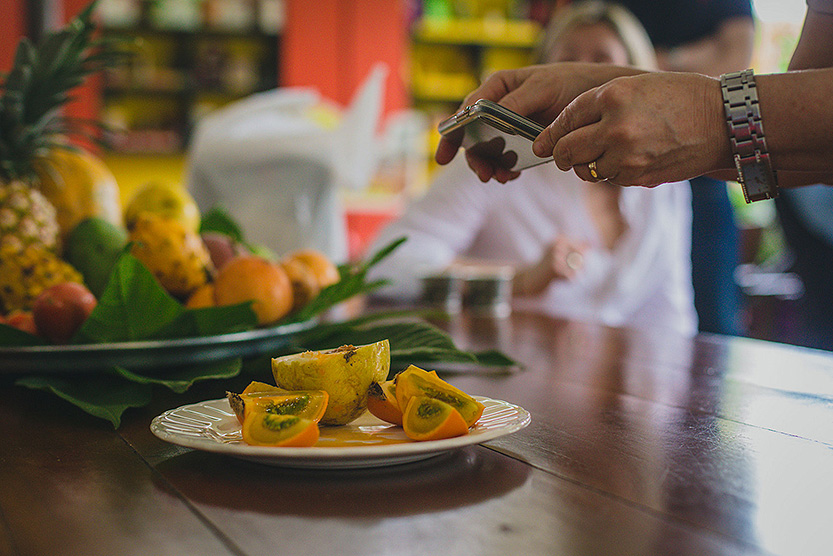
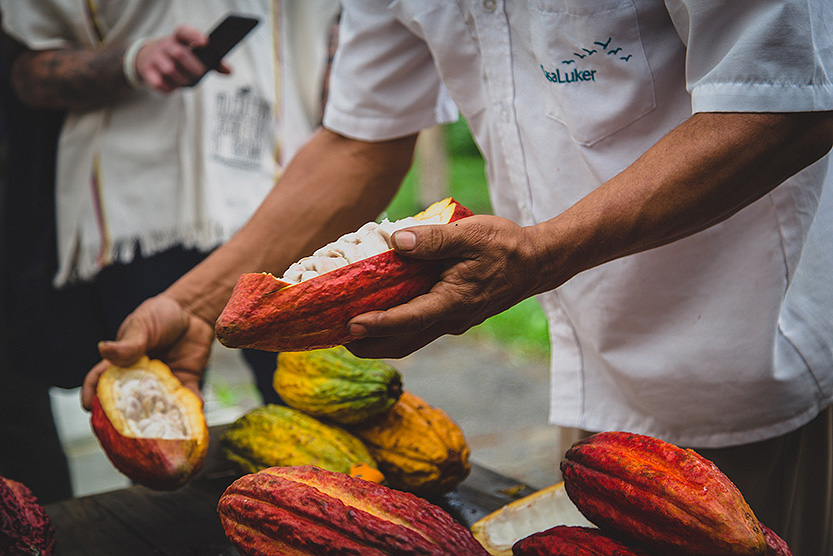
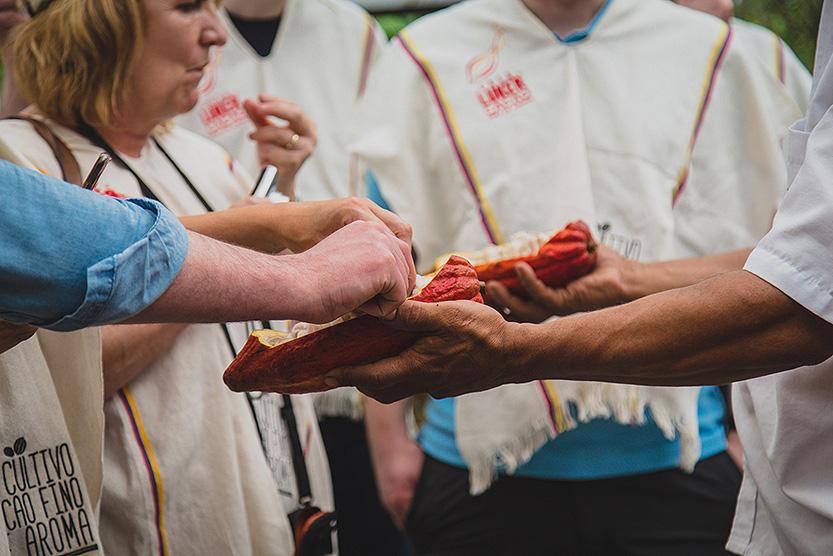
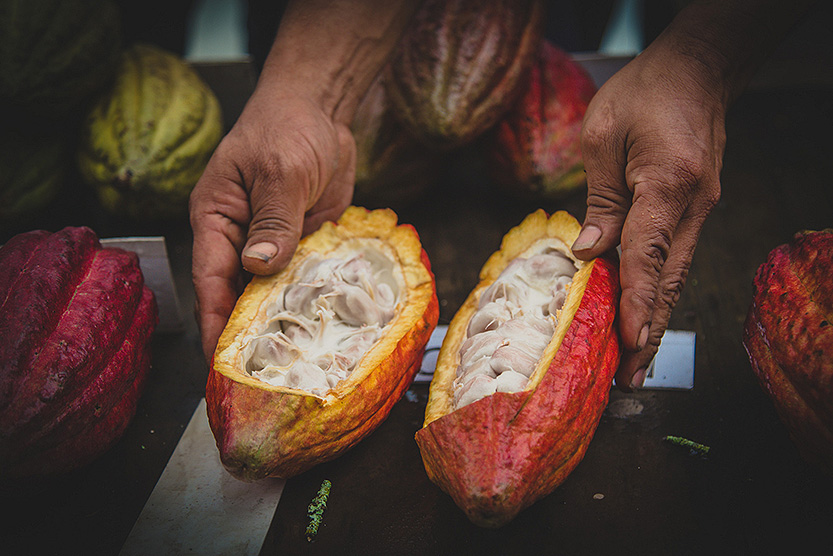
The farm also works on developing ecological planting models which includes tropical fruits, palm and teak trees, giving the famer a variety of crops which grow harmoniously together, providing shade for the cocoa trees and additional revenue for the farmers. We looked at cocoa beans fermenting in large wooden boxes under hessian sacks. The smell was overwhelming and quite unique! Once fermented the beans are laid out on racks to dry in the hot sunshine. It was at about this point that the heavens opened and we had a real tropical storm so it was a quick dash to the classroom for hot chocolate and the final part of the presentation.
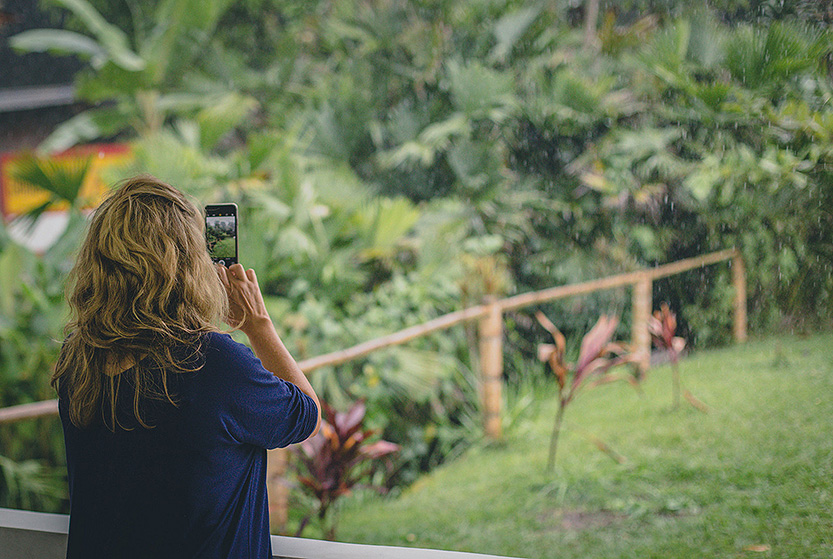
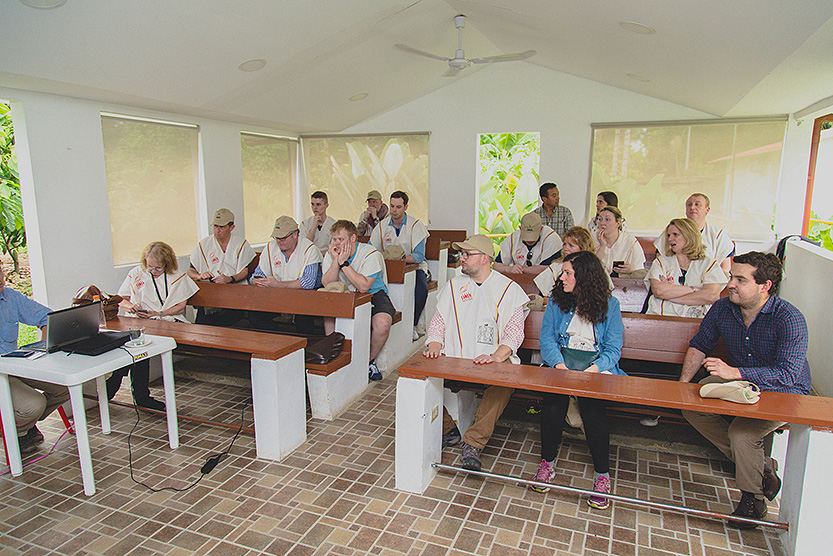
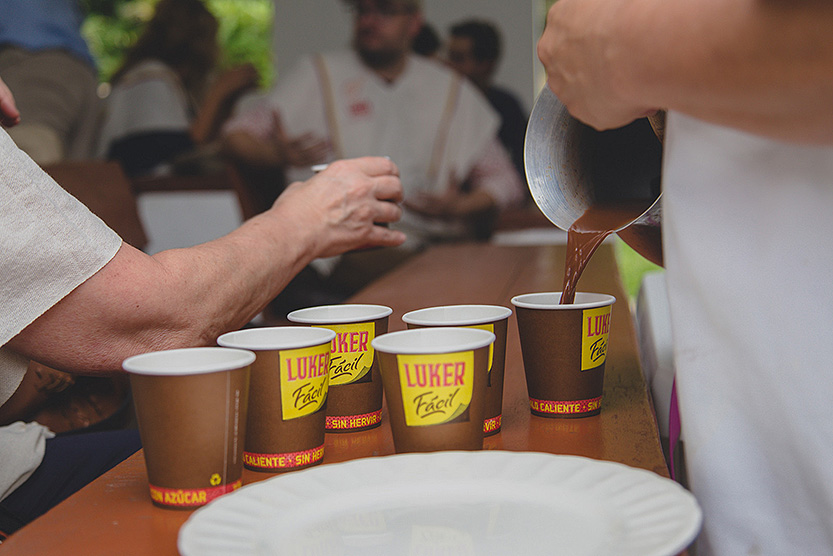
It was then back to the main house to settle in to our dormitory, have another taste of Colombian food and after a few beers we all trooped off to bed.
Wednesday
Breakfast was hot chocolate, scrambled egg, corn cake and cheese. Delicious! For me the morning was one of the many highlights of the trip as I was able to plant my own Keylink cocoa tree. I think the look on my face says it all!
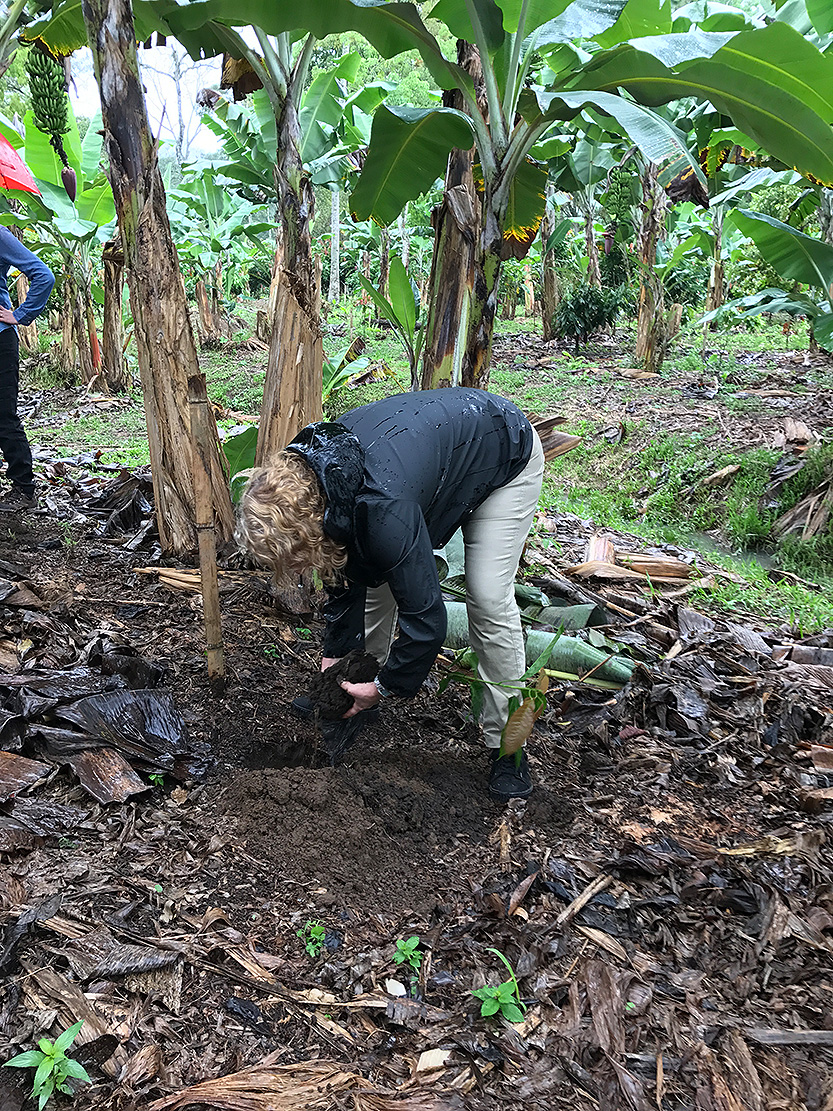
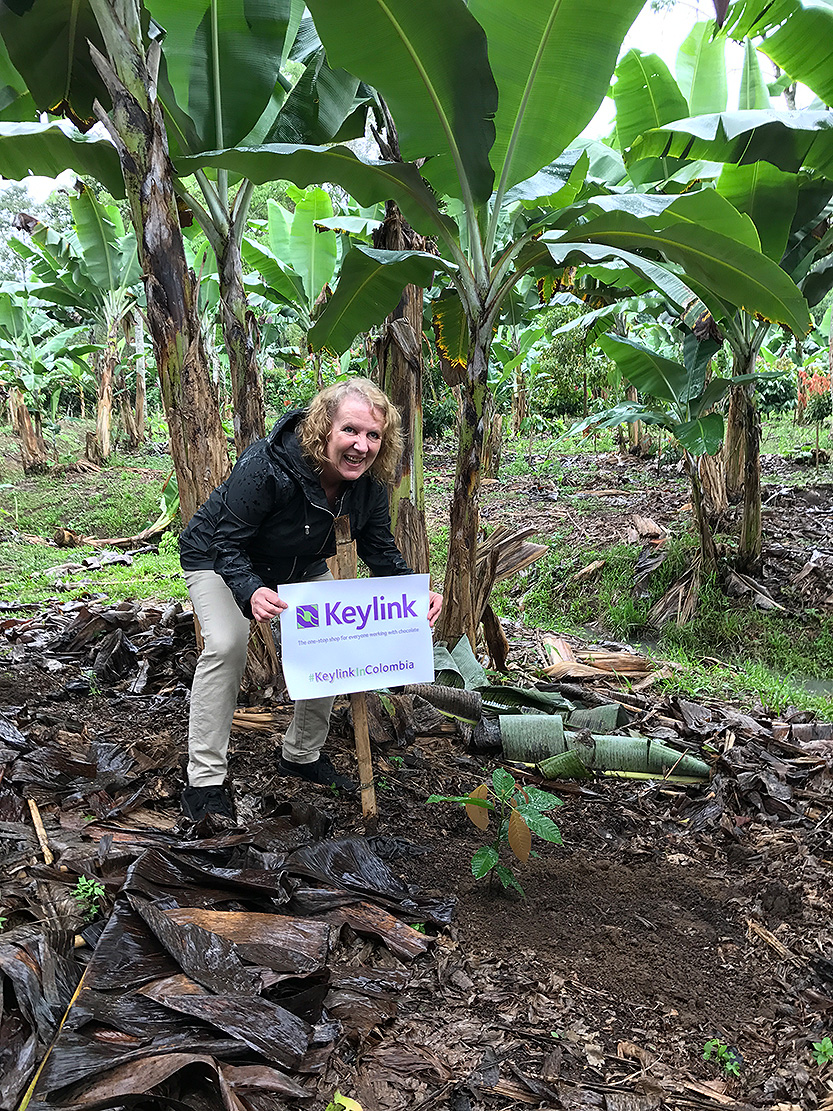
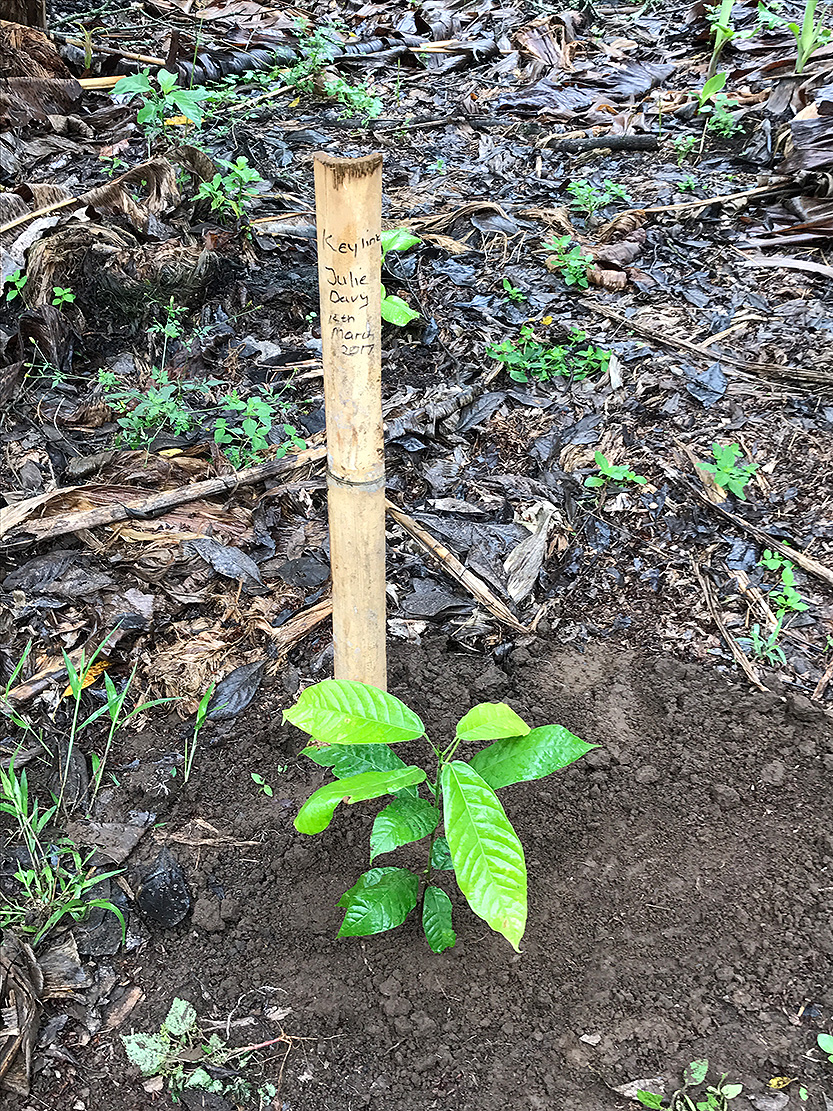
Then we were back on the minibus and off to see a working cocoa plantation set into one of the many steep hills that surrounded us. We walked down the slope surrounded by cocoa trees as the farmer explained how they irrigate the land and grew the fantastic Fino de Aroma beans .The scenery was truly beautiful I am sure the photos I took do not do it justice.
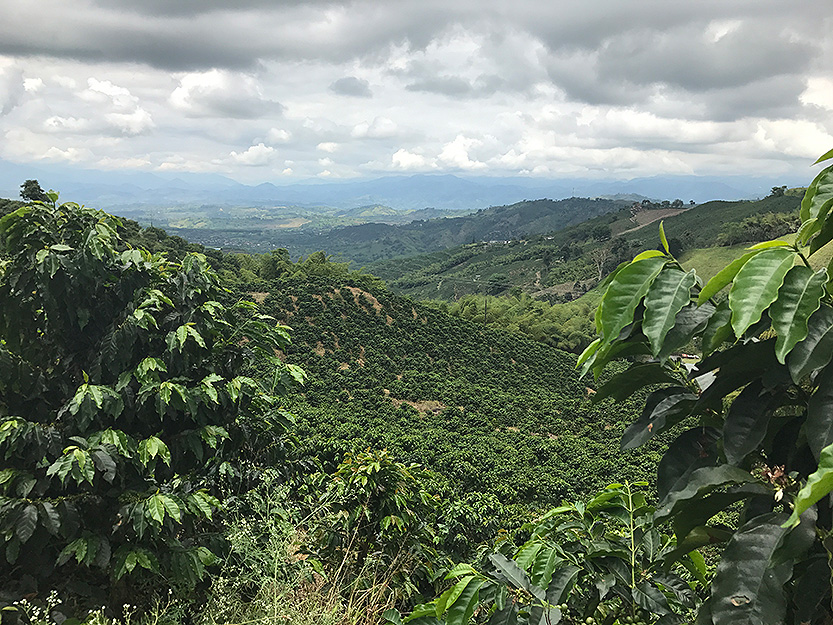
The walk back up the slope was quite an event; so steep there were points when I just wanted to sit down, but as a group we encouraged each other by the time we got to the top we were all out of breath and struggling to even speak. So it was back on the bus again and after a quick stop at a street side bar for bottles of water we were off to see the coffee growing .There are miles and miles of coffee plantations. We stopped and picked fresh berries from the plants to taste but I must say I prefer coffee when it has been roasted and turned in to my favorite drink of the day. We returned to Granja Luker for yet more food before heading to the airport to catch the flight back to Bogotá.
Thursday
Today we were off to the Casa Luker factory to see how the beans were transformed into delicious chocolate. Casa Luker is true origin chocolate as all the ingredients used to manufacture it also originate from Colombia. We spent the morning learning the theory and having an interesting tasting session where we tried different origin cacao masses and then, of course, lots of chocolate. The site tour was a fantastic experience. The bean store is amazing - floor to ceiling beans! Some of the group tried to lift a sack of beans for a great photo opportunity but it was a little too heavy for me!
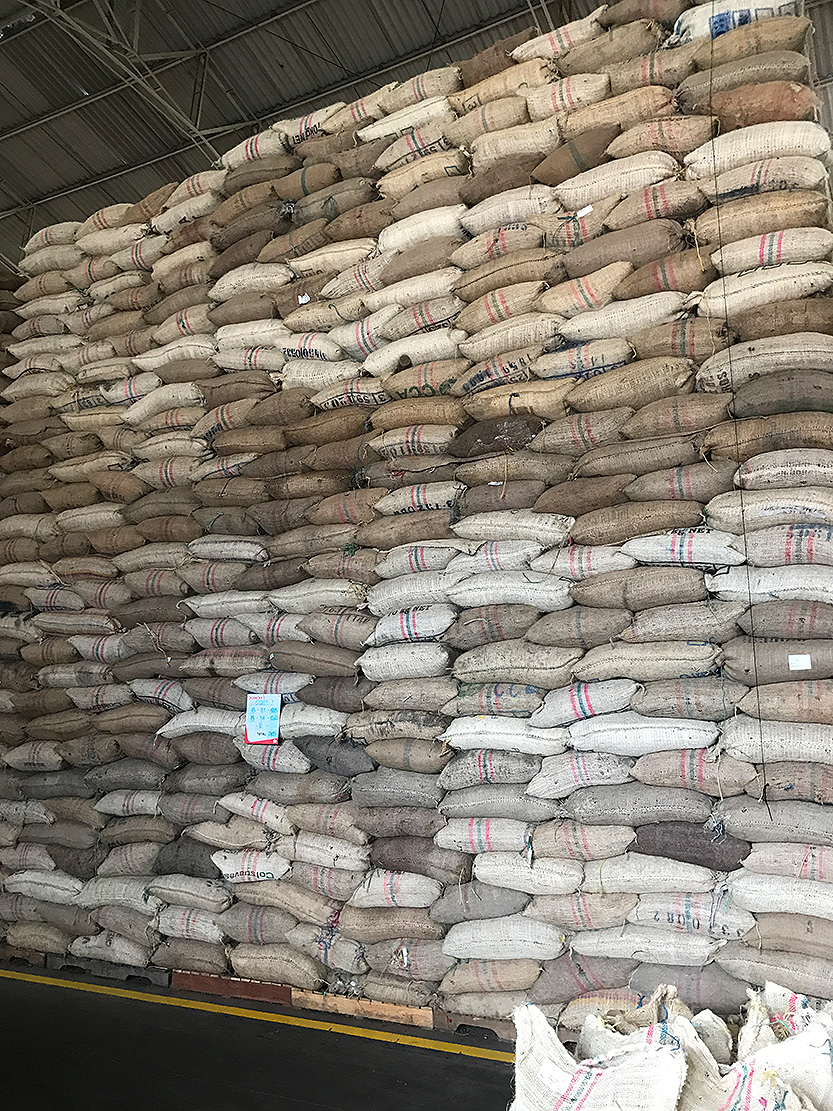
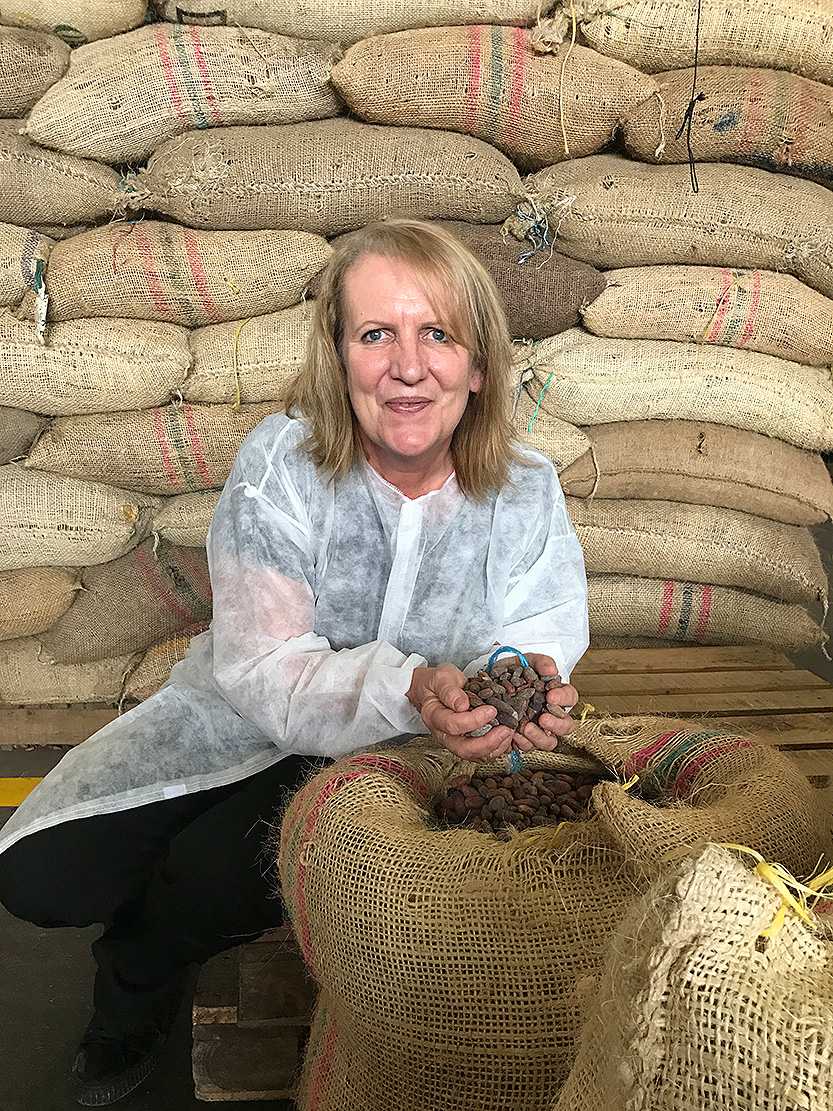
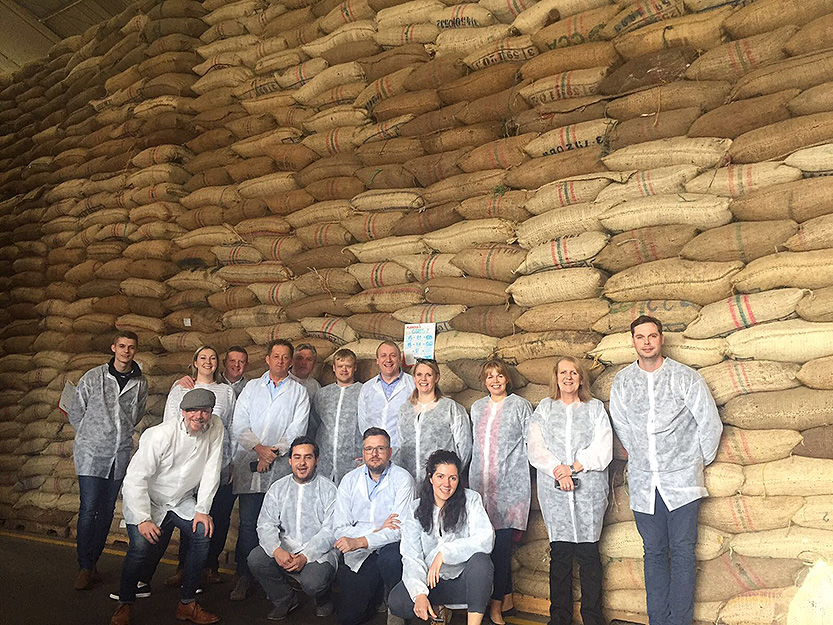
The factory tour was really informative if a little noisy, in comparison to many chocolate producers! Luker break down the beans, and it is the nibs that are roasted and then ground to make the cocoa liquor. This is then combined with the other ingredients needed for the particular chocolate being manufactured i.e. milk powders, sugars, vanilla, etc. The mix is then refined and conched to produce a final chocolate.
Dinner that night was at an amazing venue in Bogotá called Andrés DC, where they make a wicked mojito! When we had finished eating the whole place suddenly became a night club with some of the diners performing amazing dance moves.
Friday
I couldn’t believe my Colombian adventure was nearly over. We spent the morning in a local market which had unbelievable displays of fruit and vegetables and we enjoyed an unusual snack of a strawberry ice cream sundae served with grated cheese!
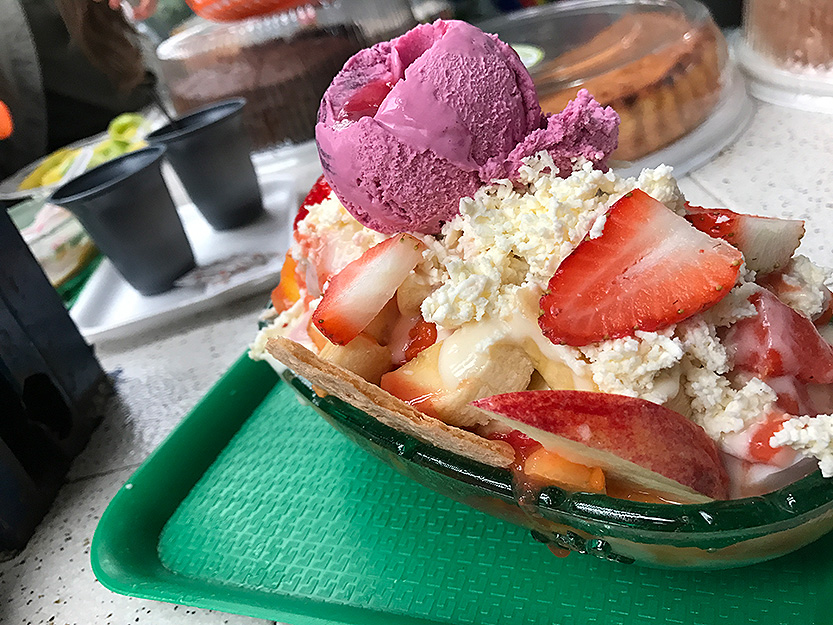
We were then taken to a local college for lunch. The students there were learning trades that will help them find employment such as joinery, building and of course, catering. After more sightseeing we finished the day at Museo Boreto which housed many beautiful works of art, including over 120 items created by the artist Fernando Boreto.
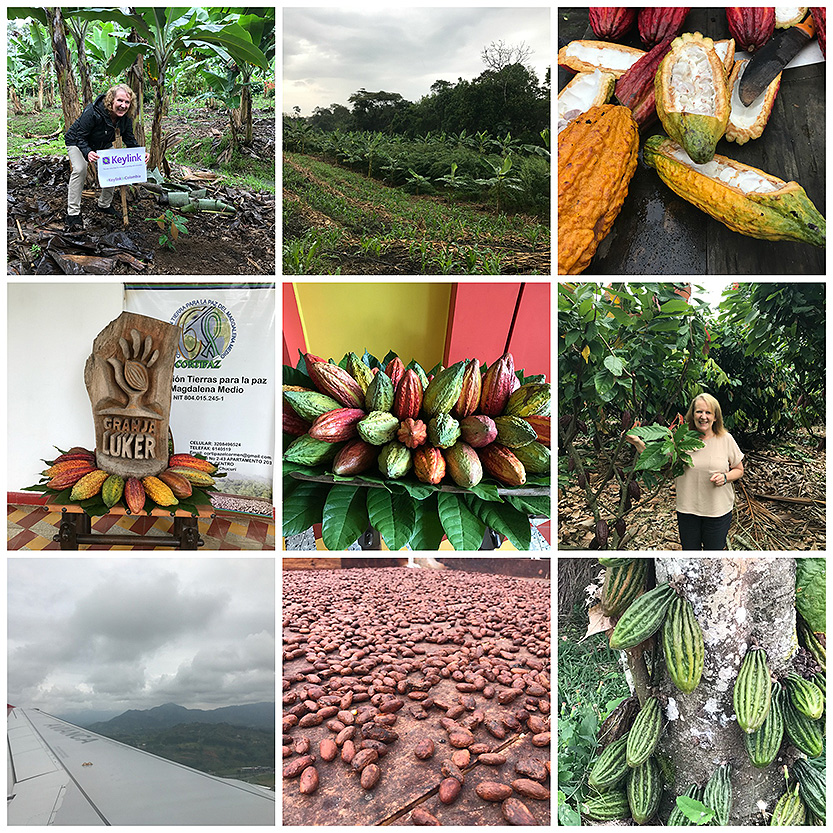
Finally we were on our way back to the airport for the long trip home. I will never forget the sights and sounds of Colombia and feel privileged to have had this experience, so a big thanks to all the team at Casa Luker for their wonderful hospitality.
To learn more about Casa Luker chocolates and cocoa products please visit our CasaLuker brand page.
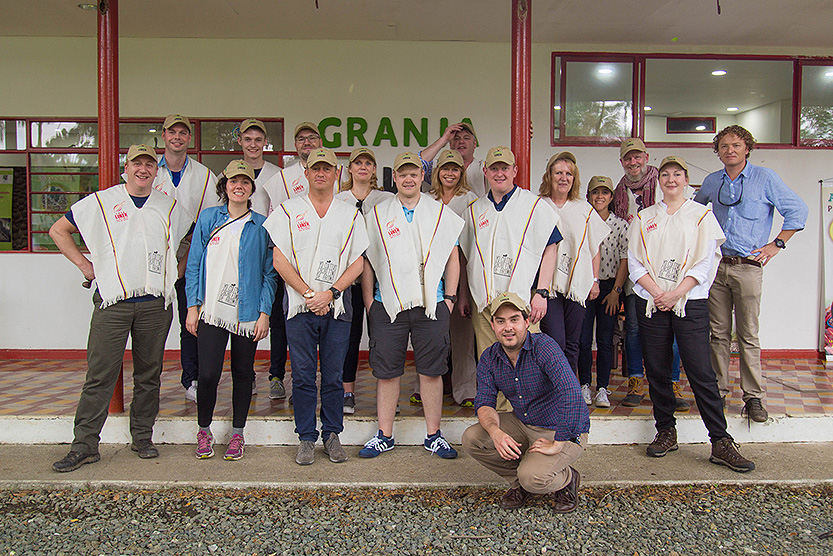
.svg)